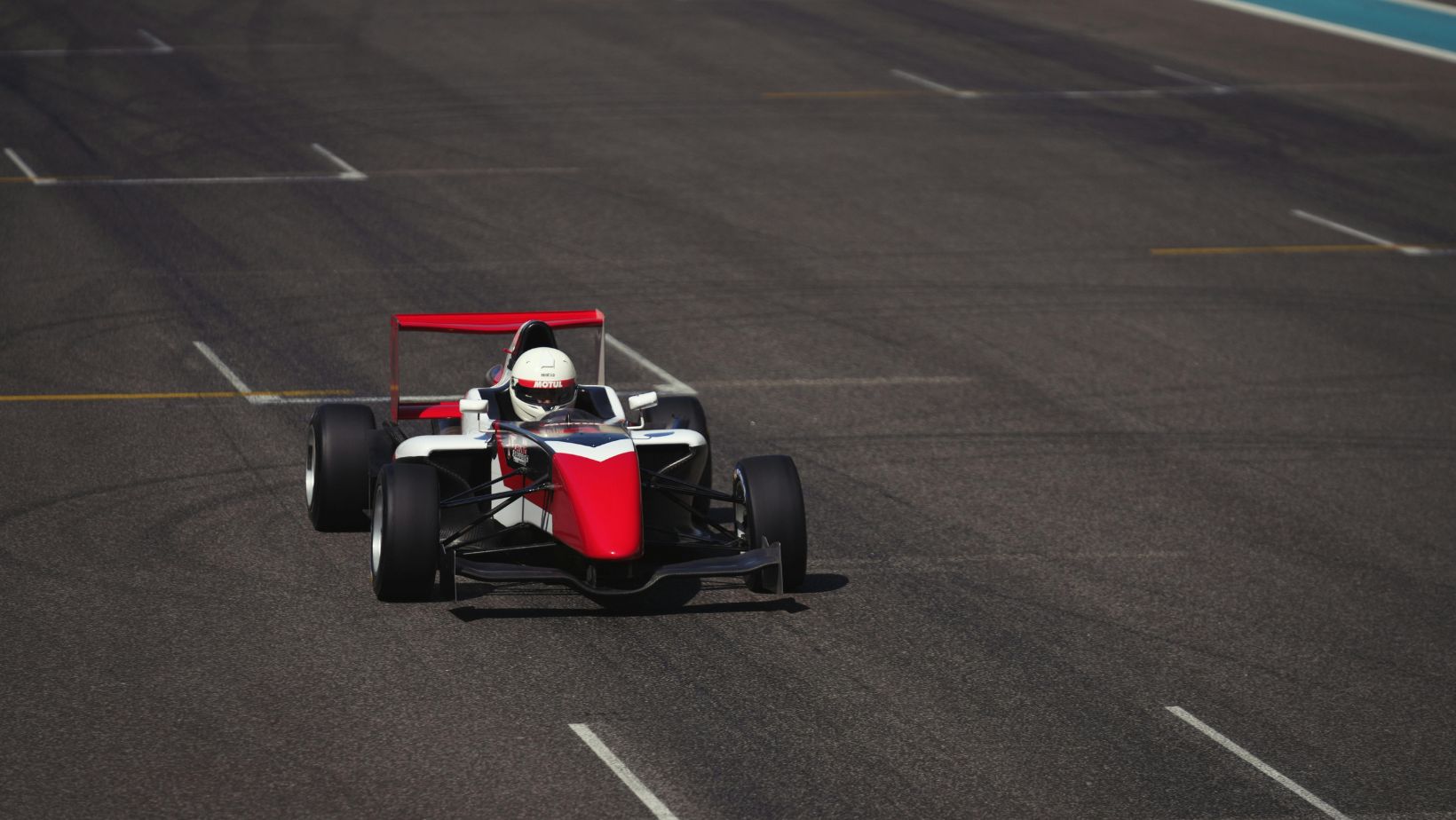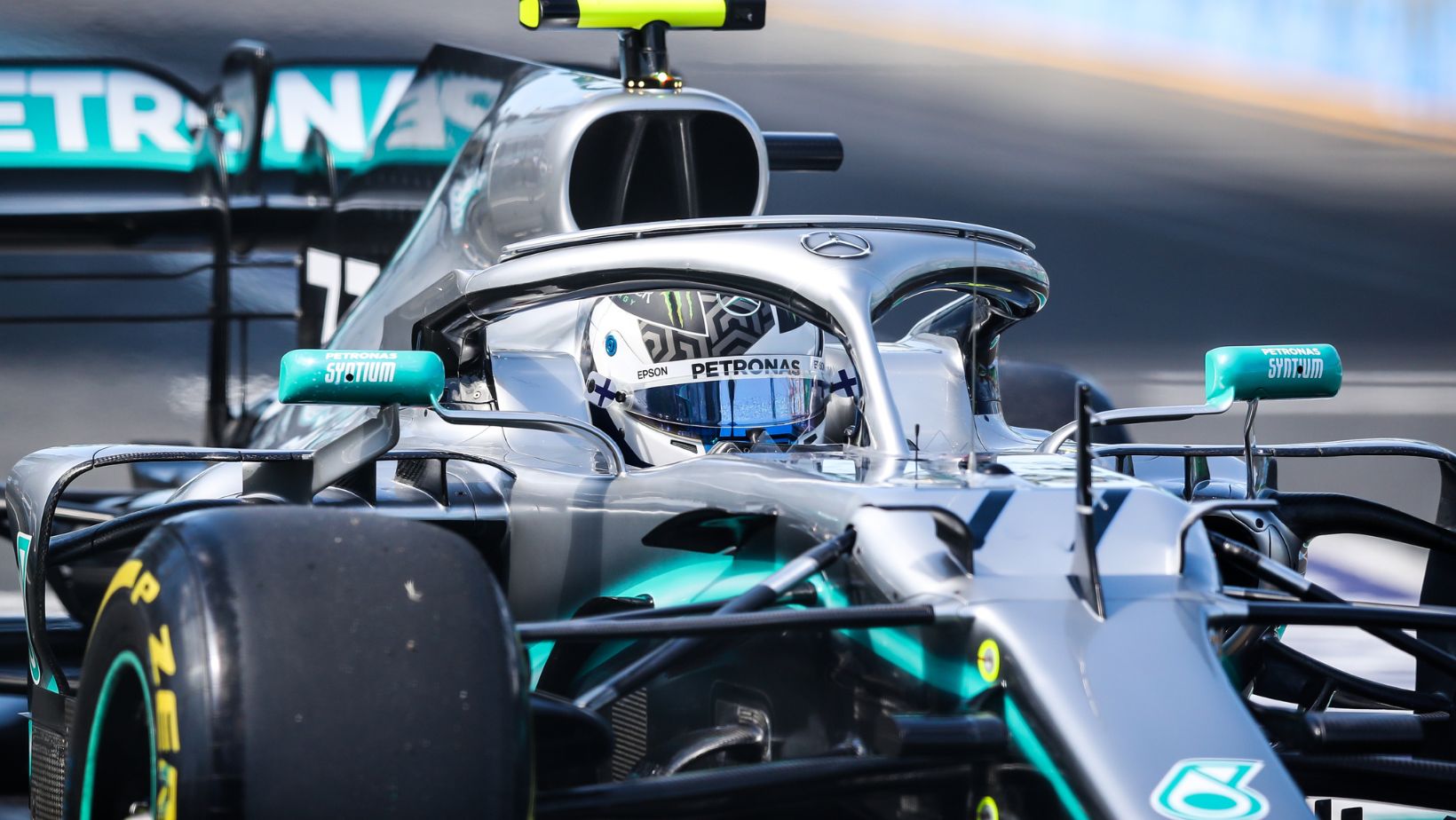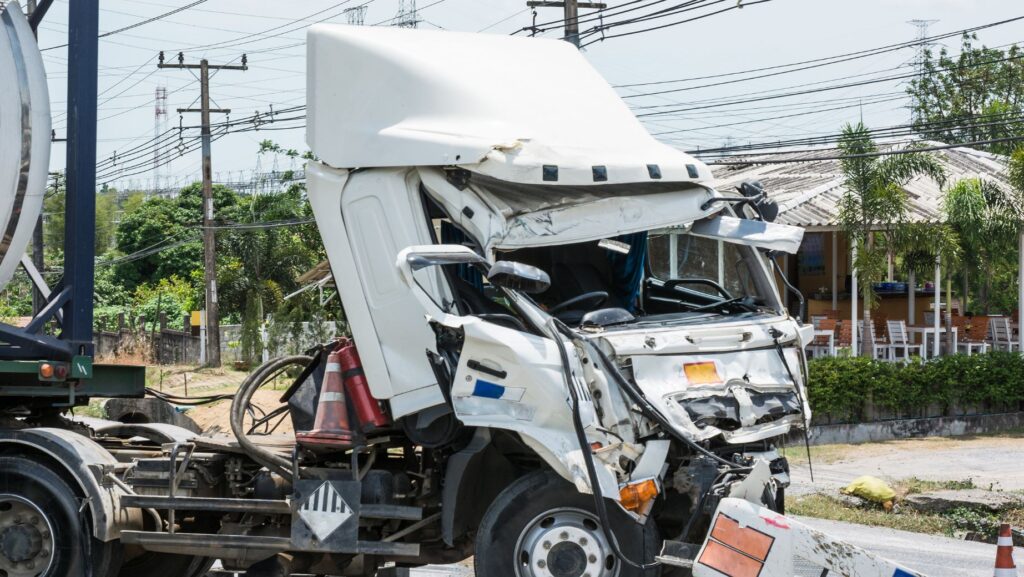
Brakes That Bite
Picture an F1 rocket howling down straights at 200-plus—now imagine stopping it clean. Brake calibration, dialed in with surgical precision, lets drivers slam pads without wiping out, prioritizing safety over shaving milliseconds. It’s like tuning your sedan’s brakes but for warp speed. Speed freaks want lap records; brakes keep drivers alive. Crash-test rigs mimicking high-G stops are the hot tech here and are standard in top garages. Wanna see it? Catch a pit clip, and watch the techs swarm. F1’s brake focus screams a future where drivers lean hard into corners, trusting their stoppers every time.
Chassis Like Tanks
F1 cars aren’t just sleek—they’re built like vaults. Chassis reinforcement, stacking carbon fiber like a fortress, shields drivers when things go sideways at triple-digit speeds. Forget chasing slipperier aero; safety demands ironclad frames.

Think of it as bulletproofing your coupe but for 300 km/h. Speed nuts love low drag; toughness wins out. Advanced scanners, probing every weld, drive this trend, ensuring zero cracks. Check an F1 teardown online—see the cage shine. This armor predicts cars as safe as they’re fast, letting drivers gun it, knowing they’re wrapped in steel-grade muscle.
Tires That Cling
Tires are F1’s lifeline—screw them up, and you’re toast. Crews obsess overpressure and tread, tuning rubber to hug turns like glue, valuing control over risky speed tweaks. It’s your car’s tires but engineered for hellish G-forces. Some push for blistering pace; grip saves necks. Tire analytics, crunching wear data in real-time, ruling the pits, catching trouble before it blows. Peek at a race, spot the tire swaps. F1’s tire game forecasts a sport where drivers carve corners fearless; their rubber dialed to keep the chaos in check every lap.
Systems That Don’t Quit
F1 maintenance isn’t just skin-deep—hydraulics and wiring all get torn apart to avoid mid-race meltdowns at insane speeds. These checks, less sexy than turbo boosts, are the backbone of driver safety, outranking horsepower hunts, like making sure your ride’s electronics don’t fry on a road trip, but for F1 stakes. Speed chasers want more grunt; systems keep cars alive. Crash simulators and testing failure points sharpen this focus, a must-have tool. Dig a tech vid and see the wiring dance. This predicts an F1 where every bolt holds, letting drivers floor it with ironclad trust.
Too Safe, Too Slow?
Safety’s king, but overdo it, and you risk neutering F1’s soul. Obsessive checks can sap speed, and ultra-safe designs might choke innovation.

Gotta balance bulletproof with ballsy. Some want untamed racers; safety needs brains. Fan forums buzz—thrill versus caution splits the crowd. Think it over: guard lives, but don’t kill the vibe. Maintenance nails it when it protects without choking the horsepower, keeping F1 a wild ride where drivers are safe, not shackled, and fans get their adrenaline fixed.
Rev Up for Safety
F1 maintenance—brakes, chassis, tires, systems—locks in safety over speed, building cars that take a beating so drivers don’t. Crash-tech trends shout to car nuts: watch a pit stop, geek out on the tools, and cheer the wrench-turners. Overcautious a trap, but the mission’s solid. Maintenance crafts an F1 that’s as safe as it is savage, proving you can hit 200 mph and still trust your ride. It’s high-tech love for cars that fly, keeping drivers secure while the grandstands roar for more.




